What kind of coffee is the first hybrid F1?
In coffee, it is not uncommon to name varieties with "letters + numbers", such as SL28 and SL34, which were selected by the Scot laboratory in Kenya, and F1 introduced today is also the result of a coffee variety selection program. The difference is that F1 does not refer to a particular variety, but to a type or a collection of coffee varieties.
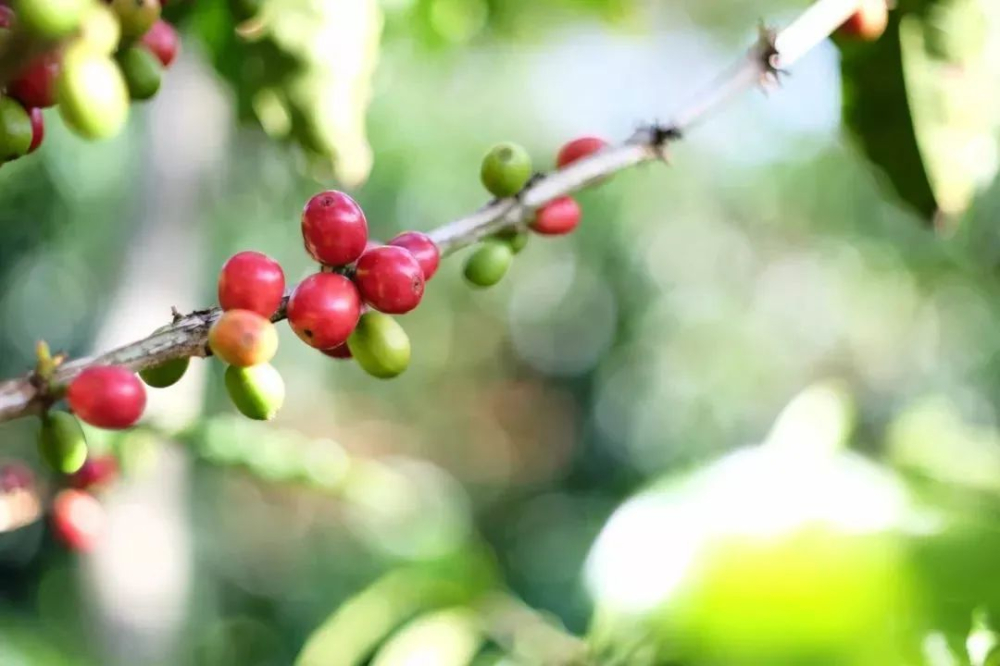
Coffee camel rust (Hemileia vastatrix) is the main pathogen of coffee trees (the source of leaf rust). It swept the whole American continent in 1970. The genetic singleness of coffee trees in many places makes it unable to resist leaf rust, and once infected, it will be wiped out.
In order to find ways to combat the growing coffee disease, the French Centre for Agricultural Research and Development (CIRAD) and the Central American National Coffee Organization (ROMECAFE) jointly launched a new variety breeding programme, with the assistance of the Inter-American Institute of Agriculture (IIAC) and the Tropical Plant Research Centre of Costa Rica (CATIE). Through the form of cross cultivation, we want to develop a new generation of bean seeds with high yield, disease resistance and good flavor.
CATIE selected Kaddura, Kaduai, Katim, Sachem (a hybrid of Verasaci and Tim) and an ancient African wild variety Rume Sudan from hundreds of coffee varieties. Pollen from T5296 (the offspring of Sachem) was extracted and smeared on the stamens of Rume Sudan by artificial pollination.
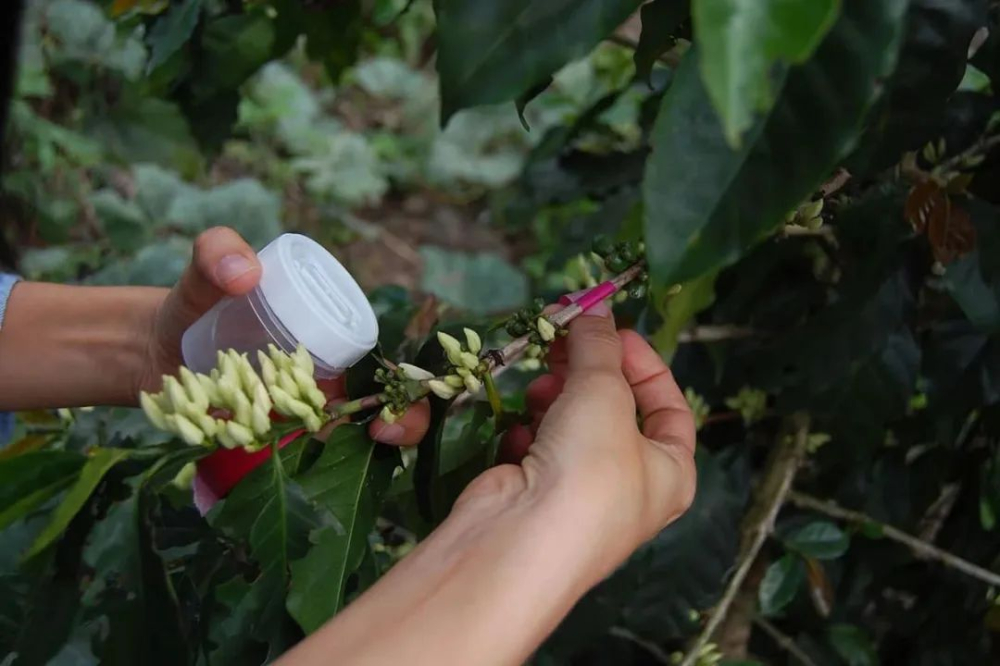
After 5 years of efforts, CATIE has harvested a total of 100 different Cenozoic generations, and 20 of them with excellent performance were selected for breeding. The primary generations of these F1 not only have stronger disease resistance and drought tolerance, but also have the advantages of higher yield and better taste spectrum, which naturally stand out among the conventional varieties.
However, F1 also has its disadvantages, for one thing, it is difficult to achieve mass production, because the heterosis will begin to decline gradually in the second generation, that is, trait separation will occur. Therefore, most of F1 can not cultivate offspring in the way of conventional plant self-crossing, but can get a new batch of F1 plants by repeated artificial pollination or cloning, which is one of the reasons why this kind of coffee varieties are generally called F1.
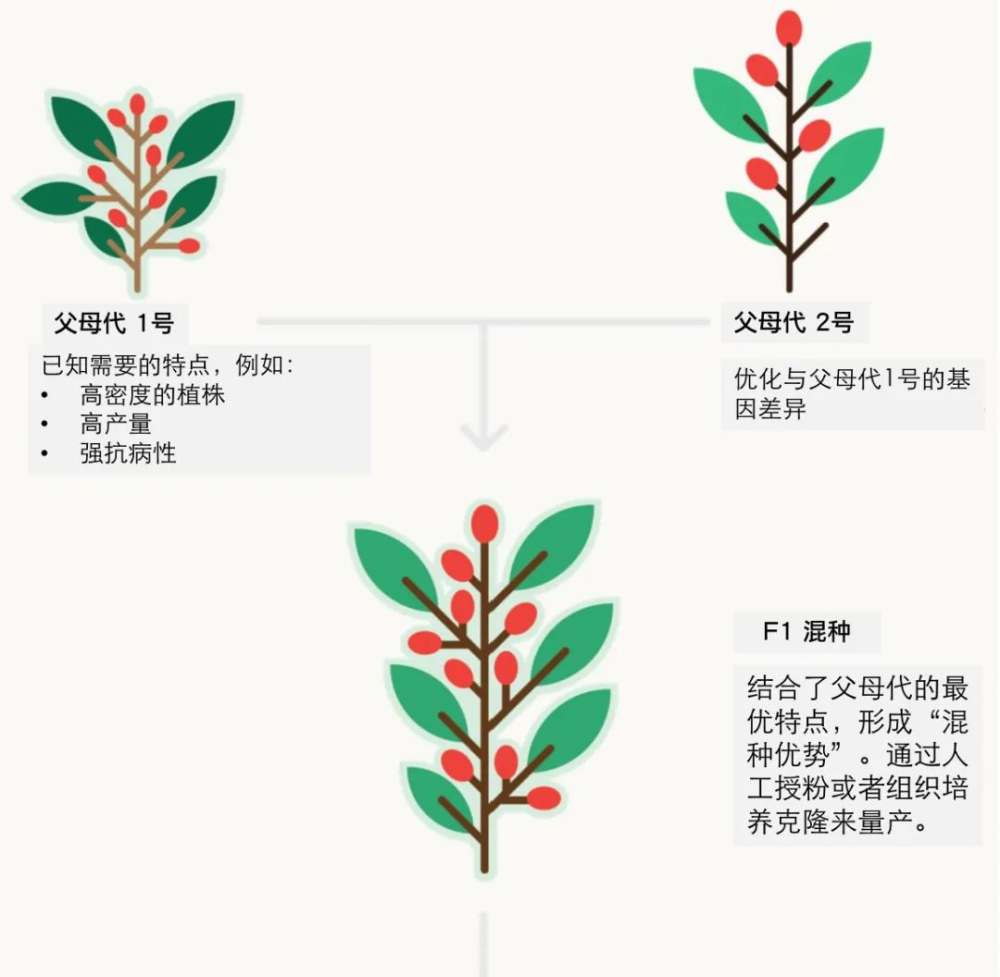
So far, there are two common ways to cultivate F1: artificial pollination and test-tube cloning. The former can only be carried out on a small scale in the laboratory, and the production speed is very slow, while the latter involves a lot of research restrictions. No matter which method is adopted, once it is used in large-scale production, the input cost will be very expensive and the process will be complicated, so it is not realistic to widely use F1 in the producing area.
Seeing here, we can see that F1 coffee varieties will have three main characteristics: the name refers to the collection of a group of beans; they are derived from the cross of two genetically distinct beans; and only a group of offspring are selected. Today, we can also see some F1 hybrids for commercial use, such as H1, Evaluna, Milenio, Mundo Maya, Nayarita, Starmaya in Latin America and Ruiru 11 in Kenya. Among them, H1 and Ruiru 11 are the most common.
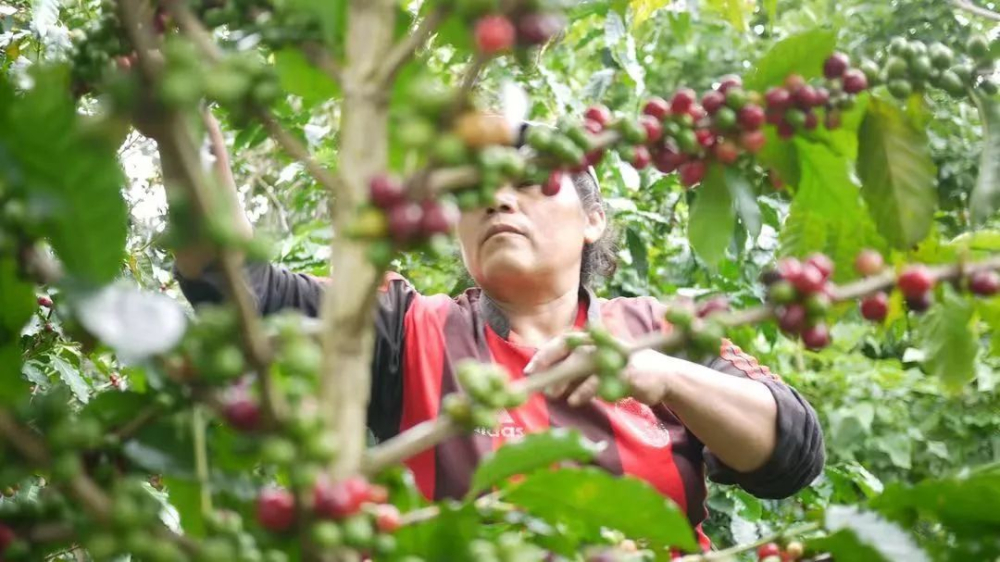
H1, from the Sebaco laboratory of Nicaragua, its full name is Centroamericano, which is bred by the cross between T5296 and Sudan Rume. In terms of coffee yield, H1 is 22% to 47% higher than other traditional American varieties. The leaf tip of the plant is green and has strong resistance to rust. The resistance to coffee berry disease is moderate, but it is vulnerable to nematodes.
Ruiru 11 uses Katim as the female parent, while the male parent is a complex hybrid. In 1968, an outbreak of coffee berry disease (CBD) in Kenya reduced the production of raw coffee beans by about 50%. The Coffee Research Institute in Ruiru began a breeding program to produce varieties that are immune to CBD. It took many years for breeding experts to develop the male parent of Ruiru 11, which covers the advantages of K7, SL28, N39, Rume Sudan and other varieties. In 1985, Ruiri 11, with its local name, was launched.
Disclaimer: some of the pictures in this article come from the network, and some of the contents of the website, such as pictures, we will respect the origin of the original copyright, but due to the large number, there will be individual pictures and texts not in time to indicate, please forgive me. If the original author has any disputes can contact the website to deal with, once verified, we will immediately correct, by "Ka comment vdailycom" collation and editing, reprint please indicate, this article is intended to spread coffee culture, if infringement, please inform to delete, thank you ~!
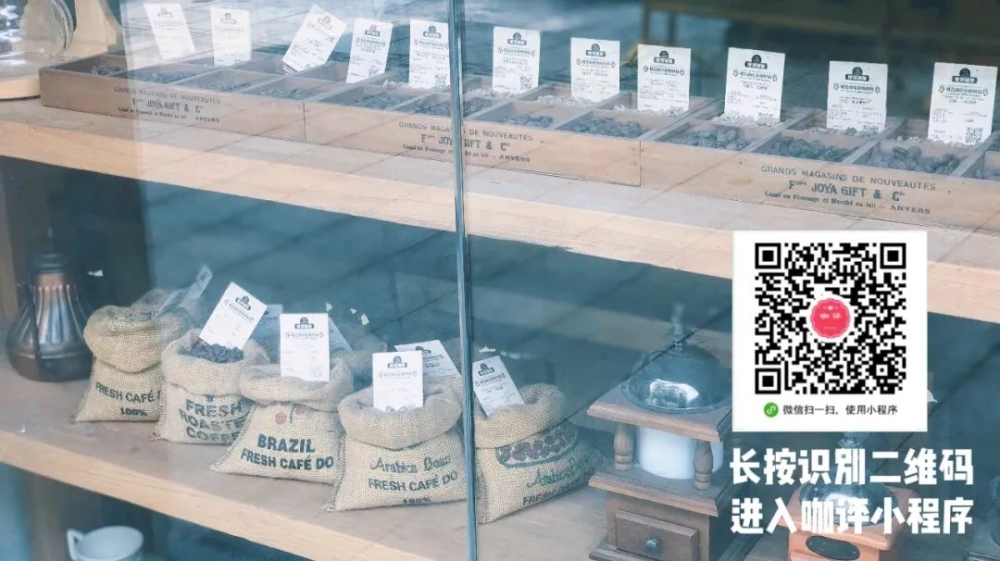
Important Notice :
前街咖啡 FrontStreet Coffee has moved to new addredd:
FrontStreet Coffee Address: 315,Donghua East Road,GuangZhou
Tel:020 38364473
- Prev

Nearly 1x3 coffee is old beans, and the certified stock of ICE Arabica raw beans has reached a 24-year low.
On November 3, there were media reports that the certified inventory of Arabica coffee raw beans on the Intercontinental Exchange (ICE) continued to decline, recently to the lowest level in 24 years, which attracted the attention of the coffee industry. According to the Coffee Finance Network, so far, the certified stock of raw coffee beans in the Futures Exchange amounts to 3. 5%.
- Next

Capital preservation is the primary goal of the coffee shop at present!
▲ click to follow | Daily boutique coffee culture magazine coffee workshop "can't handle it!" At least 30,000 + coffee shops have quietly closed down. . " "the industry reshuffle is coming: more than 40,000 cafes in China have closed in 2023." more than 40,000 have closed down. where is the way to survive? Coffee shop crisis, tens of thousands of entrepreneurs are stretched. "
Related
- What effect does Italian American coffee with filter paper have? Will coffee taste better if it is put on filter paper at the bottom of the powder bowl?
- What is the color difference in coffee beans? What are the characteristics of honey processed coffee beans? Why are the anaerobically treated coffee beans uneven in color?
- How does novice Xiaobai quickly get started and make coffee? Newbies learn to make coffee by hand and share the specific steps and process process!
- Costa tea has a shelf life of 100 years?! Expert: Unable to verify
- It's a huge uproar! American milk addition was rejected by Manner employees?!
- Mocha pot coffee bean recommendations| How fine and how much powder should be used for grinding? What parameter ratios do I need to use to make milk with Mocha pot coffee?
- What are the characteristics of the world's top ten coffee beans treated with Costa Rica honey? How to make black honey kadura from Tarazhu Pilon Processing Plant taste good?
- How to make deep-roasted coffee? What grinding water temperature does authentic Jamaica Blue Mountain No. 1 coffee use to brew it well?
- Selected high-grade rose summer coffee flavor tasting guide Why Panama rose summer has the aroma of flowers and fruits
- What equipment does a novice Xiaobai need to buy to learn to make coffee? Filter cup electronic scale bean grinder manual flushing pot purchase guide

